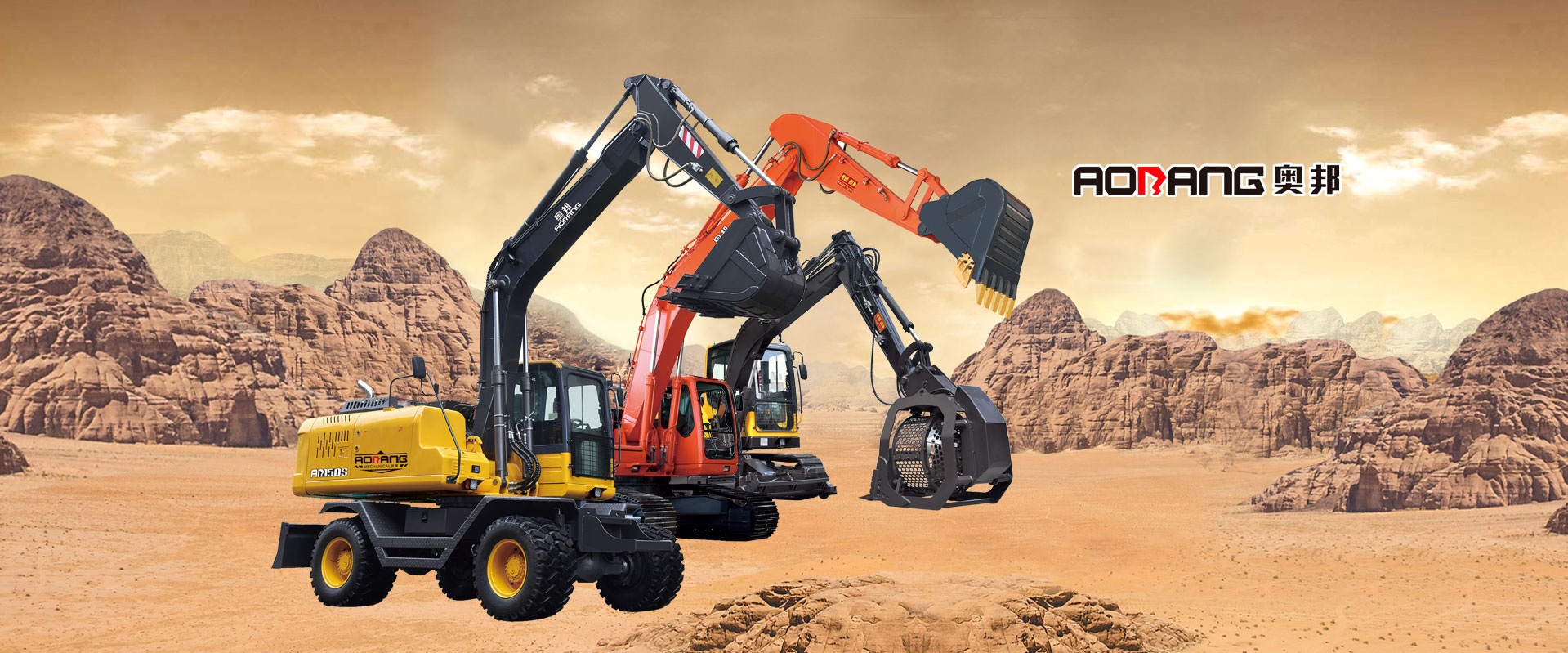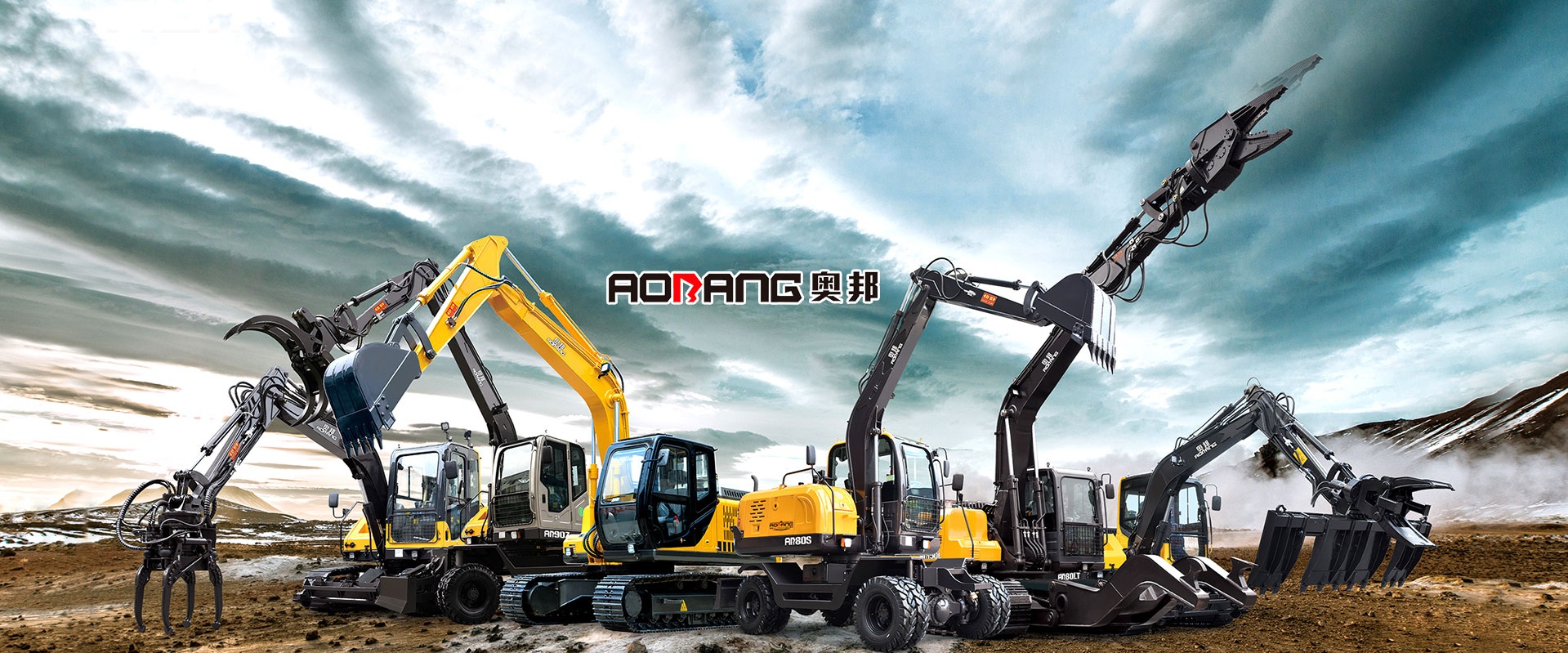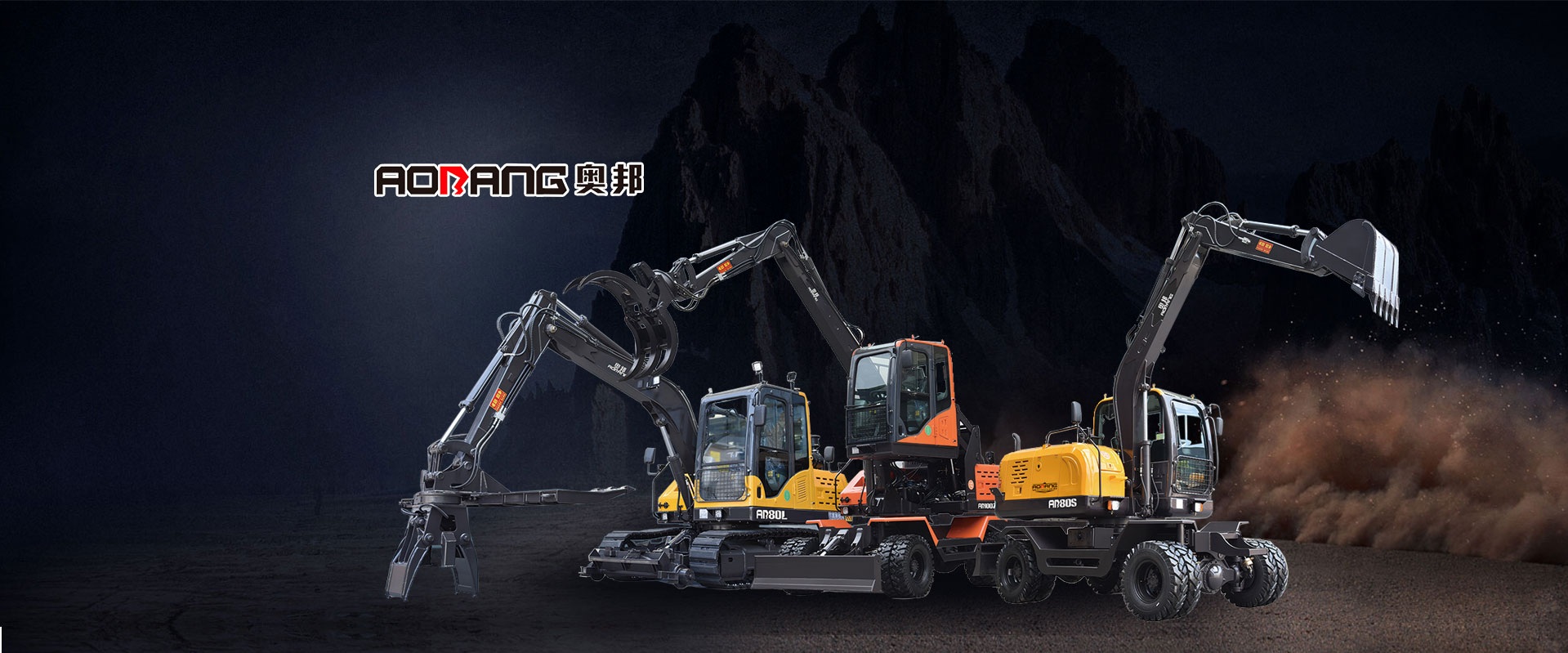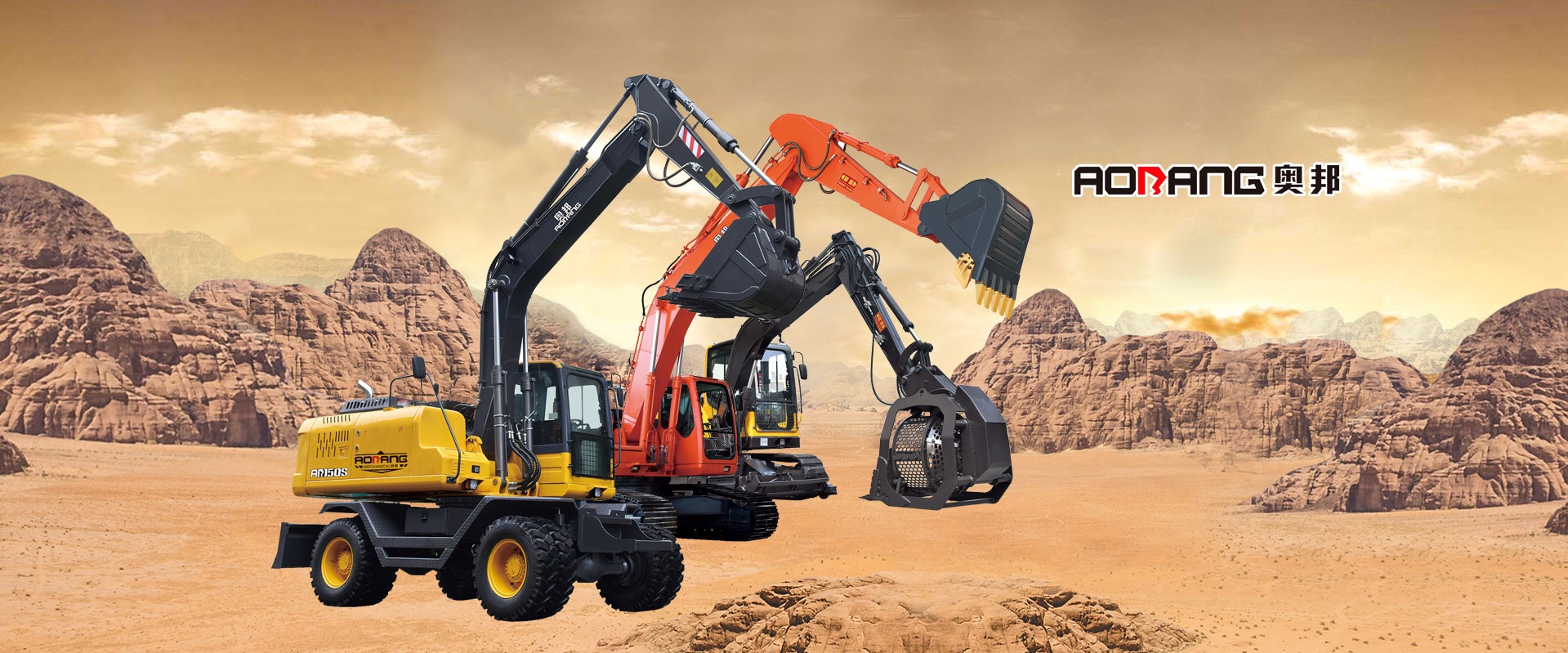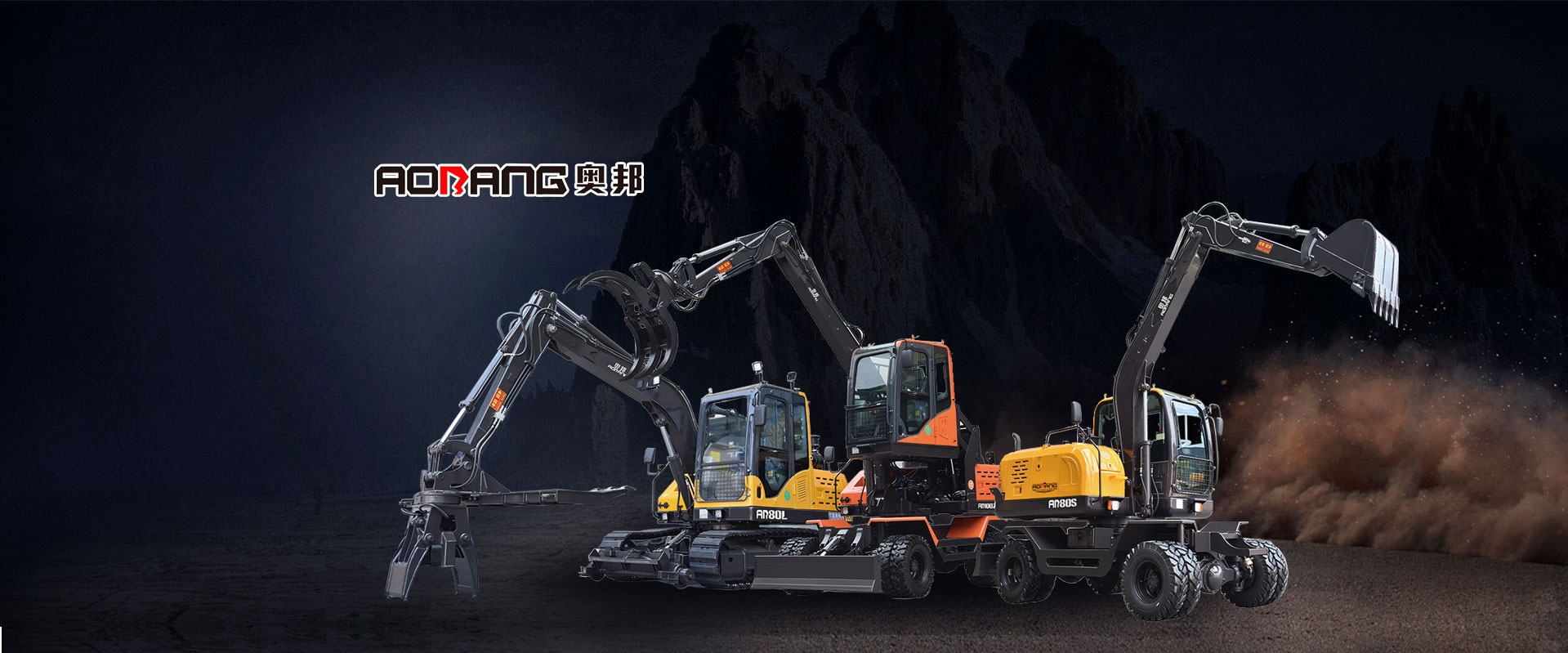0595-28272000
1. Excavator operation technology:
First, confirm the surrounding conditions. During rotary operation, be aware of the surrounding obstacles and terrain and operate safely; During operation, confirm the front and rear direction of the track to avoid tipping or impact; Try not to face the final drive to the excavation direction, otherwise it is easy to damage the traveling motor or hose; During operation, ensure that the left and right crawlers are in full contact with the ground to improve the dynamic stability of the whole machine.
2. Effective excavation methods:
when the bucket cylinder and connecting rod, stick cylinder and stick are 90 degrees to each other, the excavation force is large; When the bucket teeth keep an angle of 30 degrees with the ground, the excavation force, i.e. soil cutting resistance, is small; When digging with the stick, ensure that the stick angle ranges from 45 degrees in front to 30 degrees in the back. The use of boom and bucket at the same time can improve the excavation efficiency.
3. Rock excavation:
digging rocks with a bucket will cause great damage to the machine, which should be avoided as far as possible; During excavation, the position of the machine body shall be adjusted according to the crack direction of the rock, so that the bucket can shovel in smoothly for excavation; Insert the bucket teeth into the rock cracks and excavate with the digging force of the bucket rod and bucket (pay attention to the slippage of the bucket teeth); The rock that has not been broken shall be broken first and then excavated with a bucket.
4. Slope leveling:
during plane trimming, the machine should be placed flat on the ground to prevent the body from shaking. It is very important to grasp the action coordination of boom and stick, and control their speed for plane trimming.
5. Loading operation:
the machine body shall be in a horizontal and stable position, otherwise it is difficult to accurately control the rotary unloading, so as to prolong the operation cycle time; Keep a proper distance between the body and the truck to prevent the tail of the body from colliding with the truck when turning 180 degrees; Try to install the left rotation, so as to have a wide field of vision and high operation efficiency. At the same time, correctly grasp the rotation angle to reduce the time for rotation; The position of the truck is lower than that of the excavator to shorten the boom lifting time and have a good line of sight; First load sand and gravel, and then place large stones, so as to reduce the impact on the trunk.
6. Operation in soft zone or water:
when working in soft soil zone, the degree of soil looseness shall be understood, and attention shall be paid to limiting the excavation range of bucket to prevent landslide, collapse and other accidents and deep vehicle body subsidence.
when working in water, pay attention to the allowable water depth range of the vehicle body (the water surface shall be below the center of the carrier sprocket); If the horizontal plane is high, poor lubrication will be caused inside the slewing ring due to the entry of water, the engine fan blade will be damaged due to the impact of water, and the electrical circuit components will be short circuited or open circuited due to the intrusion of water.
7. Hoisting operation:
when lifting with hydraulic excavator, confirm the surrounding conditions of the lifting site, use high-strength lifting hook and steel wire rope, and try to use special lifting device during lifting; The operation mode shall be micro operation mode, and the action shall be slow and balanced; The length of the lifting rope is appropriate. If it is too long, the lifting object will swing greatly and it is difficult to control accurately; Correctly adjust the bucket position to prevent the steel wire rope from slipping; The construction personnel shall not approach the lifting objects as far as possible to prevent danger due to improper operation.
8. Stable operation method:
during operation, the stability of the machine can not only improve the work efficiency and prolong the service life of the machine, but also ensure the operation safety (place the machine on a flat ground); The stability of the drive sprocket at the rear side is better than that at the front side, and it can prevent the final drive from being impacted by external forces; The wheelbase of the crawler on the ground is always greater than the wheelbase, so the stability of working forward is good, and lateral operation should be avoided as far as possible; Keep the excavation point close to the machine to improve stability and excavator; If the excavation point is far away from the machine, the operation will be unstable due to the forward movement of the center of gravity; Lateral excavation is less stable than forward excavation. If the excavation point is far away from the center of the machine body, the machine will be more unstable. Therefore, an appropriate distance should be maintained between the excavation point and the center of the machine body to make the operation balanced and efficient.


